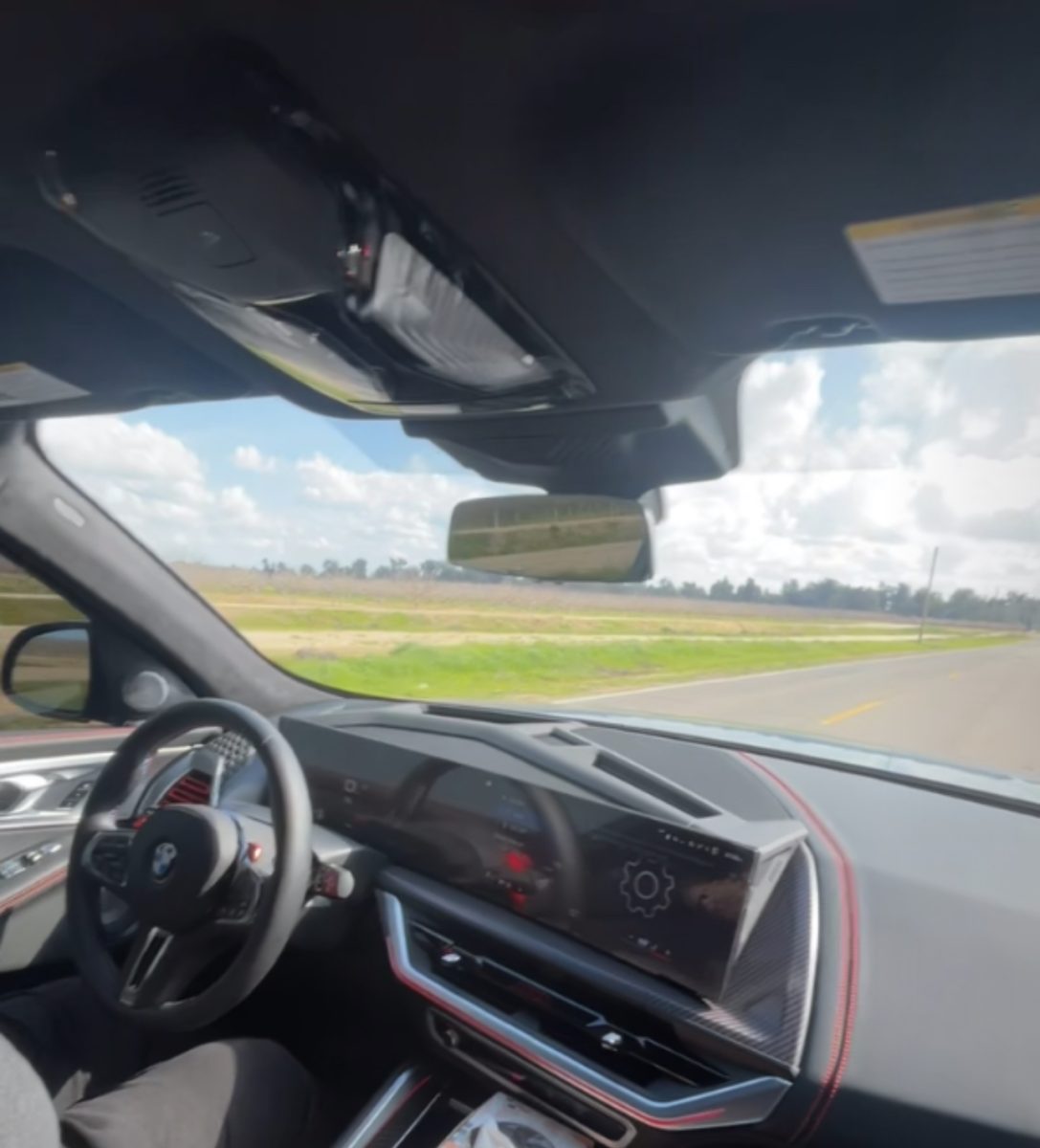Wormholes are pathways that bend space itself to form a shorter length of distance between two places. NewsScientest.com stated “physicist Maria Spiropulu at the California Institute of Technology and her colleagues had in fact merely used a quantum computer to simulate a wormhole.”. The team of scientists that worked on this project believed this was fully equivalent to the creation of a wormhole.
There is some confusion on whether or not quantum computers make or simulate with many scientists disagreeing. Three months later, a different group of physicists argued that the results could be explained through alternative, more mundane means. In response, the team behind the Sycamore project doubled down on their results. So far, quantum hardware hasn’t been powerful or reliable enough to do the complex math.
Critics have pointed out that the Sycamore experiment didn’t use enough qubits, the experiment used 9 qubits which lead one scientist Scott Aaronson to say “With a nine-qubit experiment, you’re not going to learn anything whatsoever that you didn’t already know from classically simulating the experiment,” . However quantum computers have not reached their limit and will quickly become much better because IBM is planning a line of quantum computers that will surpass 1,000 qubits by the mid-2020s.
Qubits are very fragile and would break with the smallest change. Even small blips of noise or tiny temperature fluctuations could snap the computer out of the quantum world and back into a mundane classical computer. There are different types of qubits like the ones that use individual particles, some that use atomic nuclei and even google has qubits that work by using loops of superconducting wire. One of these might become the next classical silicon chip found commonly throughout the world. Although wormholes were not 100% proved, with the use of qubits the answer may change as early as the mid 2020s.


